'It’s a sad season': How athletes, coaches are coping with collegiate programs being cut
Corinne Zanolli had looked forward to her senior field hockey season during her time at Stanford, especially after the program’s conference championship and NCAA Tournament appearance in 2019.
“We had this really special team,” Zanolli said. “A team that was going to do very well individually but also set the program up for success in the future. As a senior class, that was something that meant a lot to all of us. You spend most of your life dedicated to the sport, and you want to set up future generations of your team for success.”
But that anticipation has turned to disappointment. Zanoli’s final season this spring is the program’s last after Stanford decided in July to cut 11 varsity sports, almost a third of the school’s programs.
“I was shocked, because that's not the Stanford that I know or any of my teammates know or really anybody knows,” Zanolli said. “It wasn't a decision I saw coming at all.”
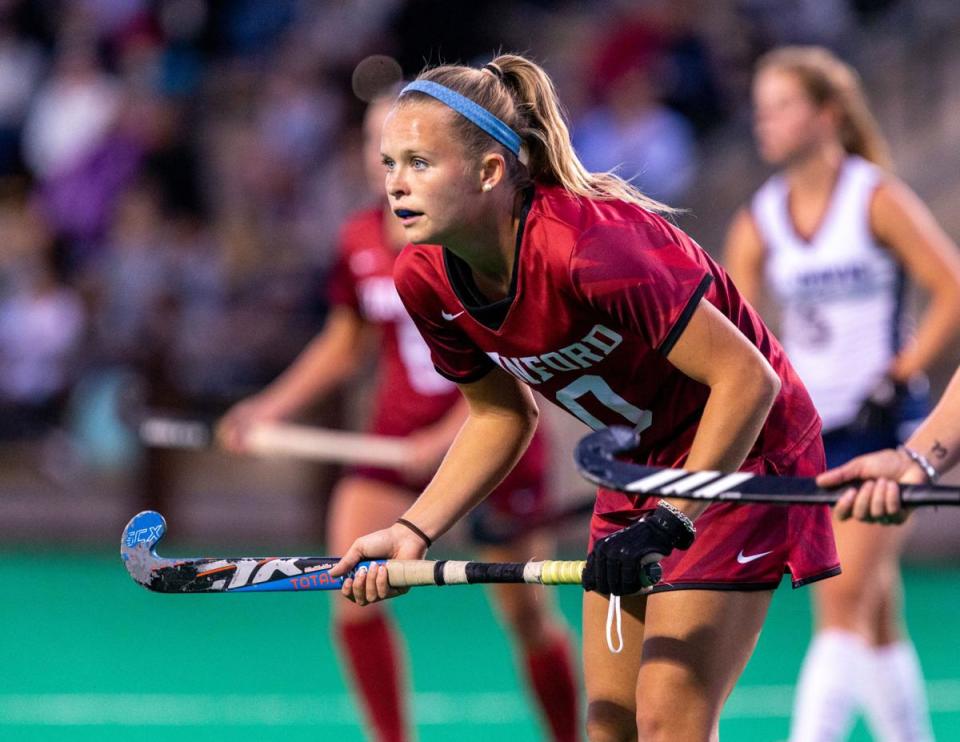
More than 171 collegiate sports programs have been eliminated since March 2020 because of what most schools have described as financial fallout from the COVID-19 pandemic. A few, such as Bowling Green State University’s baseball team, have saved their teams through fundraising, and others, such as the University of Iowa’s women’s swim and dive team, used the courts to bring back their programs. But thousands of athletes like Zanolli are still sidelined, forced to choose between the school they’ve made their home and the sport they love.
Olympic sports have been hardest hit by the cuts, including at Stanford, which produced 16 medalists, three of whom are among the cuts, in the 2016 Rio Games. The NCAA is the primary development ground for U.S. Olympians, with college-trained athletes winning nearly 85% percent of Team USA’s medals in 2016.
A year into the pandemic, these athletes are still struggling. Some have given up their sport altogether, and others have left their school. Coaches are out of work, Olympic dreams are derailed and international students feel displaced.
Sports journalism students from Northwestern's Medill School of Journalism talked to students and coaches impacted by the cuts. These are their stories:
— Carroll
University of Alaska Anchorage men’s hockey
His green and yellow Humboldt Broncos jersey hangs framed on his bedroom wall next to a picture of his teammates, whom Brayden Camrud affectionately refers to as “the boys.” You can almost hear freshly sharpened skates carve through ice on a frozen pond or a slap shot echo in an empty rink just by listening to Camrud's Canadian accent.
Even after surviving an extraordinary tragedy that took the lives of 10 of his teammates and two of his coaches, Camrud had a plan.
He was to live out those dreams that were ended on April 6, 2018, at the intersection of Highways 35 and 335 near Armley, Saskatchewan, Canada, where a semi-trailer flew through a flashing stop sign and collided with his junior hockey team’s bus, killing 16 people and injuring 13.
But now, his aspirations of carrying on his teammates’ legacies are on hold.
In early November, Camrud and his University of Alaska Anchorage hockey team were told the school was eliminating the program, one of 85 Division I teams but the only men’s ice hockey team nationally to be cut over the past year.
With the school citing pandemic-related budget issues, the team has pinned its hopes on a partnership with the Seattle Kraken, the NHL expansion franchise set to start play next season, and the Save Seawolf Hockey campaign, which is trying to raise $3 million by Aug. 30 to reinstate Alaska Anchorage’s team. It currently has about $1.1 million.
In the meantime, Camrud is without an outlet to honor his former teammates.
“The longer that I stay relevant and the longer that I stay kind of in a spotlight,” he said, “the more awareness I can bring to everybody else involved in hockey about who those guys really were. I want to be able to turn my career and my hockey abilities into maybe a symbol of hope.”
It has been three years since the accident, but Camrud is intent on not allowing time to forget the boys. For now, however, with the UAA team being slashed, Camrud looks to the future with hopes of playing soon again elsewhere.
— Leverone
University of Akron women’s tennis
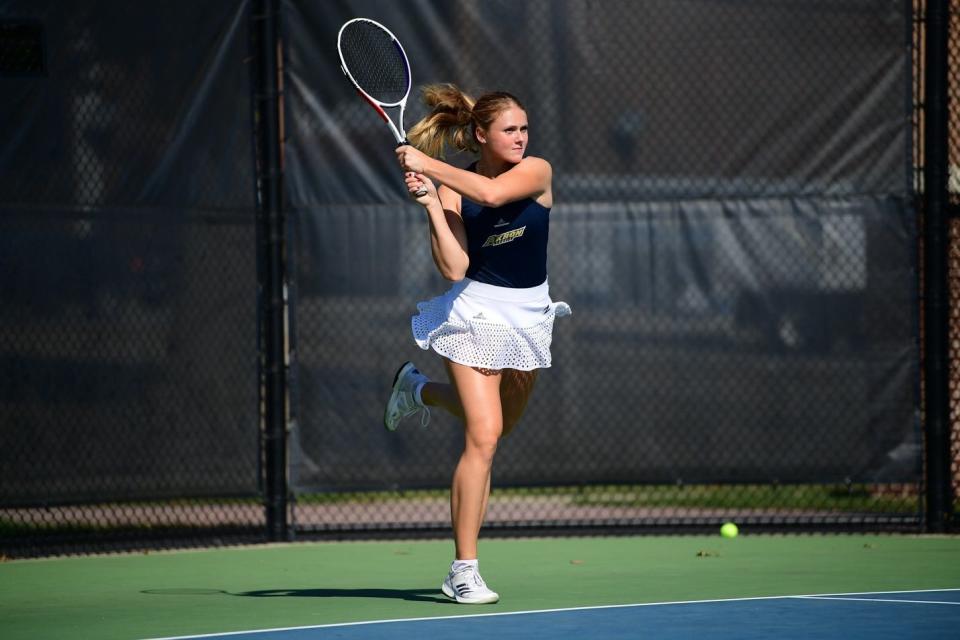
When German native Anna Uljanov arrived in the U.S. three years ago, she could barely speak English. She had moved across the world to continue her tennis career at the University of Akron, yet she had never visited the U.S. or knew much about Ohio.
But the women’s tennis team soon became her safe place and provided a learning environment for her to become more accustomed to American culture.
“It was my second home,” Uljanov said. “Our coach was like a second father to us. I loved it there.”
That family was broken in May when Akron’s women’s tennis program, along with the men’s golf and cross country teams, were cut. The athletes lost their athletic scholarships, and for a tennis team composed of two-thirds international students, most of its players couldn’t afford to continue their educations at Akron. Combined with the feeling of loneliness and displacement, they questioned the future of their tennis careers.
Uljanov’s former coach, Brian Peters, found her a new home at Western Carolina University through his connection with the coach’s mother, to whom he gives tennis lessons. Peters made it his mission to find new homes for any of the Akron players who wanted to continue with tennis.
“There was a sense of urgency. It was May and my players needed a place to go,” Peters said. “Fortunately, tennis is a small world and I know a lot of people. I wanted to find coaches and programs that would be a good fit for my girls so they could go in there and succeed as well.”
There’s only one other international student on the WCU team with Uljanov – Kata Foldeak from Hungary. Though Uljanov’s previous three years living in the U.S. allows her to feel more comfortable around her American teammates, she said this year has been difficult to start over at a new school for her senior season.
“I’m not playing with my family or home away from home, I’m playing just to finish,” Uljanov said. “I’m glad I’m able to play here, but it’s just not the same. It’s a sad season to finish up with.”
— Williams
George Washington men’s rowing
Caiti Levin first served as a men’s rowing coxswain in high school at the Saugatuck Rowing & Fitness Club in Connecticut. Responsible for tasks such as steering a boat and formalizing plans on race day, she followed a path similar to some female coxswains by joining a collegiate men’s rowing program.
Levin became a member of the men’s rowing team at George Washington University to compete at the top level of collegiate rowing and chase aspirations of making the U-23 national and Olympic teams.
She moved one step closer to her goals in February when USRowing, the sport’s governing body, cleared teams to resume activities.
However, the next step of her athletic journey may not be in Washington.
Men’s rowing was one of seven sports cut by George Washington in July. In response, Levin entered the transfer portal and has applied to seven universities with Division I rowing programs.
“(It is) frustrating and upsetting to have to be forced to leave,” Levin said. “The fact that I haven’t even been able to race once and then my team gets cut, I feel like I shouldn’t have to stay because of that.”
George Washington was poised for a breakout season in 2020 under new head coach Eric Gehrke after placing 13th in the 2019 Intercollegiate Rowing Association national championship — the program’s best result in its more than 60 years of competition.
Now, Levin and every member of her recruiting class are in the transfer portal following the team’s demotion to club level.
In the meantime, Levin is savoring time with her teammates and looking forward to spring dual meets against schools such as Navy and Drexel.
“I still haven’t been able to have the true experience of … juggling academics with going to races almost every weekend,” Levin said. “We’re kind of having that this semester, which is exciting.”
Levin says being in the transfer portal comes with some uncertainty, since coxswains — the coach of a vessel — “have to have a boat and you have to have a team.”
Yet Dana Levin, Caiti’s mother, said she believes changing schools could be a good move her daughter.
“Maybe she’ll end up someplace that’s really where she’s meant to be,” Dana Levin said.
— Schott
Clemson men’s track and field
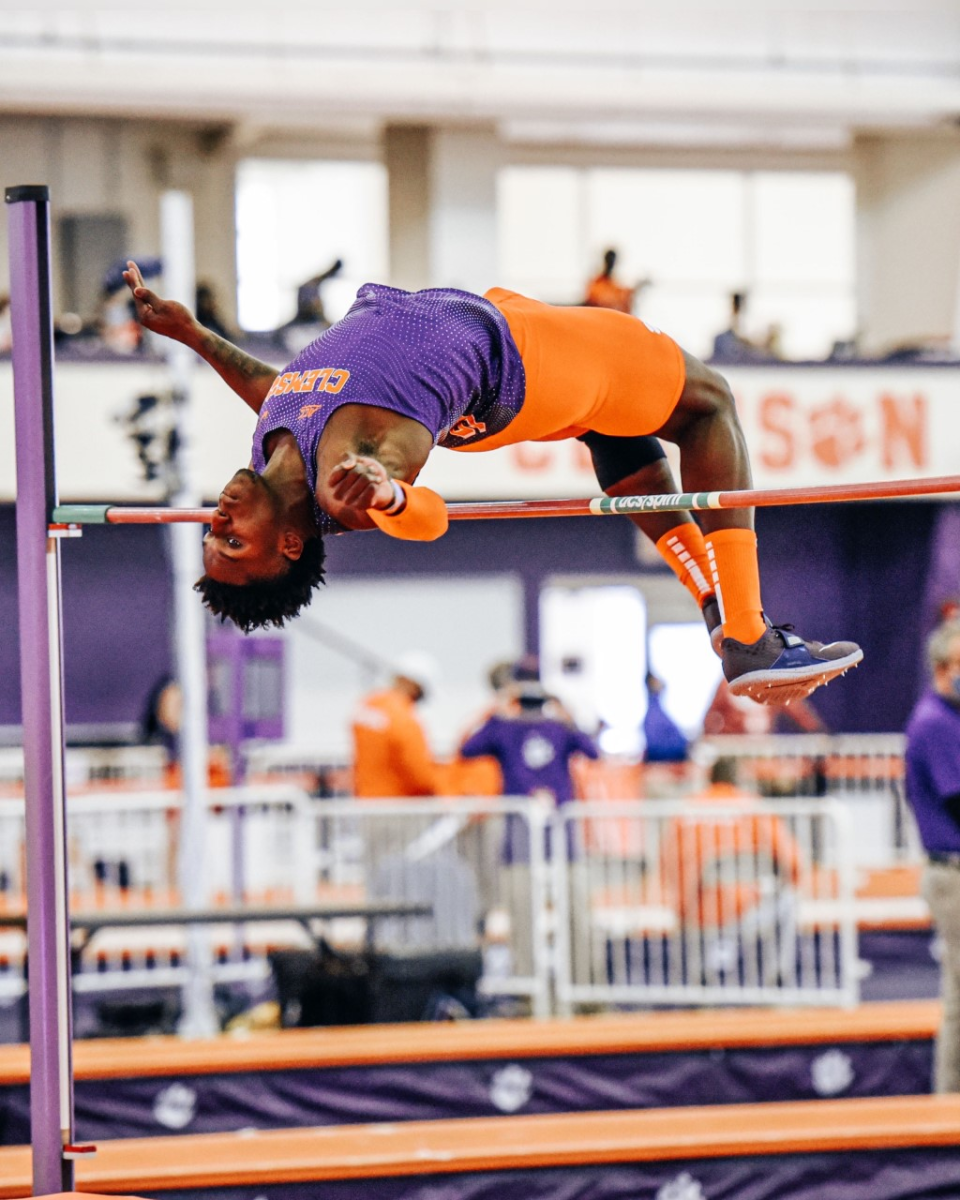
Anthony Hamilton’s mid-meet routine looks a bit different this year. The Clemson high jumper didn’t expect opposing coaches to recruit him in the middle of competition.
“There'll be coaches walking up to me when I'm warming up or I'm doing a (cool down run),” said Hamilton, a 2018-19 All-ACC second-team honoree. ““They're like, ‘Are you ready to be this? Are you ready to come home? Are you ready to like…?,’ Everybody knows.”
They know Clemson is eliminating its men's track and field program after 68 years following the current academic year. And they know Hamilton, a sophomore, may be looking to transfer.
“My focus right now is to win here, because it's more than track,” Hamilton said. “It’s somebody’s life you’re playing with.”
Clemson stands as the only school in the Power Five to cut its track program since the COVID-19 pandemic.
Along with that distinction, Clemson’s storied history made the decision even more jarring – the Tigers hold 23 ACC Championships and boast 22 Olympians among its alumni.
On Nov. 5, athletic director Dan Radakovich assembled the men’s track team to inform them of the cut. The news gutted the Tigers’ athletes and was especially surprising to Hamilton, who had a strong relationship with Radakovich.
“I was just in shock,” Hamilton said. “I didn't know how to handle the situation.”
“I've never seen so many grown men have tears in their eyes,” said sophomore long-distance athlete Andrew Castano.
This winter, the Clemson athletes have balanced their lobbying efforts to reverse Clemson’s decision with academic course loads and ACC competition.
Hamilton’s strategy has been to take emotion – and opposing coaches – out of the equation and focus on making the most of the moment. In the indoor track season, he placed in the top five in Clemson’s five invitational meets, though he did not score in February’s ACC Championships.
“If this is our last season in the purple and orange, I want us to go out with a bang,” Hamilton said. “I want us to go strong as an elite program that we've been.”
— Riker
Lincoln University bowling
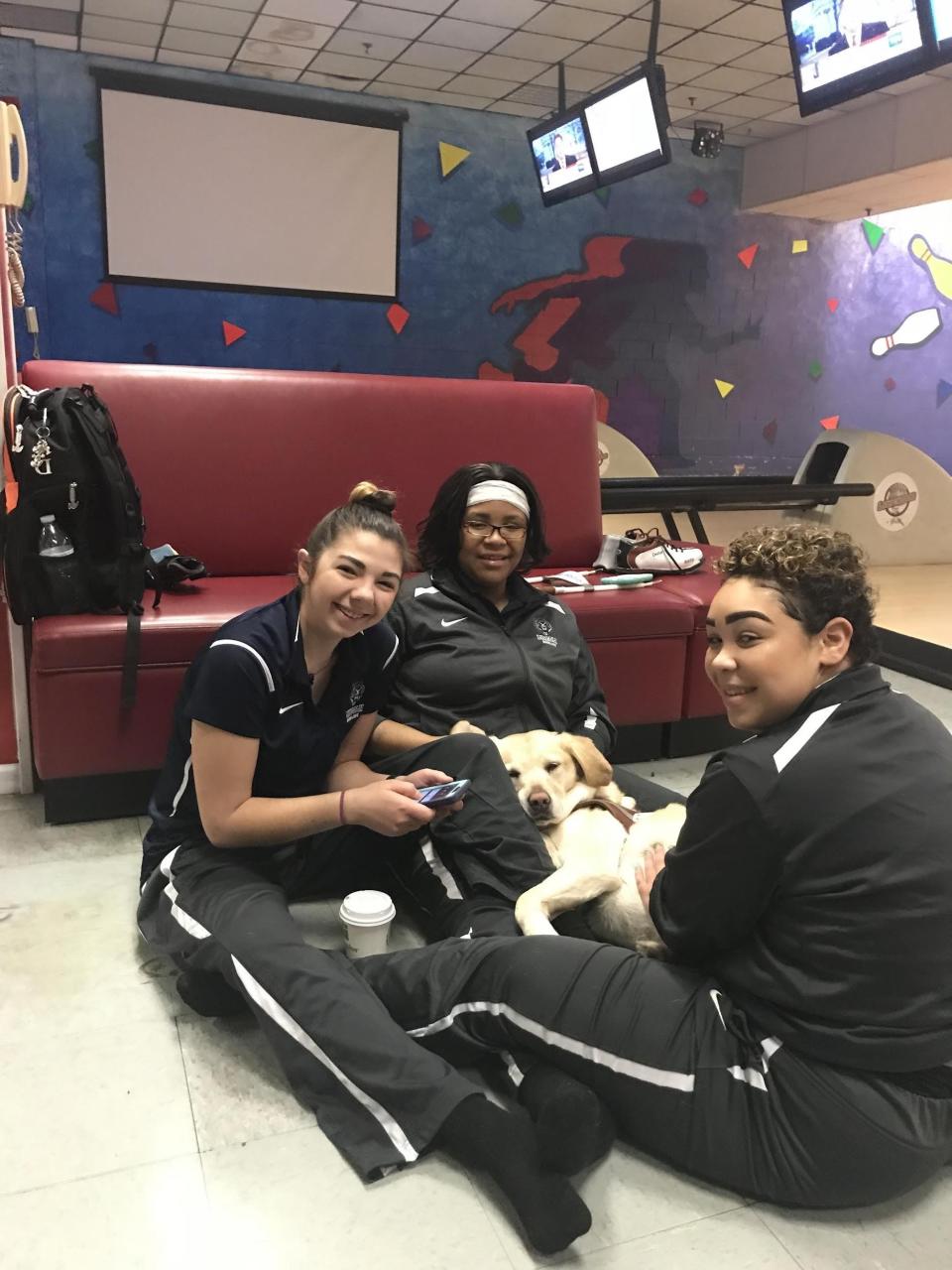
Nina Theroff didn’t need to see the pins in front of her to play for the Lincoln University women’s bowling team.
Her seeing eye dog, a golden retriever named Petra, would guide her through the blur of Lincoln’s on-campus lanes. With committed coaching and the cheers of her teammates, Theroff taught herself to competitively bowl from muscle memory.
“Being on the school team made me more comfortable,” said Theroff, a two-year letter-winner for the Lady Blue Tigers. “Being an older student (at 31) and being disabled, I had no social life at the university. After joining the team, I was interacting more with others. I felt more relaxed. I think that definitely opened the world up to me.”
The women’s bowling program at Lincoln was discontinued this past summer. Filling out the roster for bowling had always been a challenge at the small HBCU, home to about 2,000 students in Jefferson City, Missouri. This year, athletic scholarships for eligible bowlers remain honored. But what’s lost is what Lincoln bowling embodied and represented: access to the sport in predominantly Black spaces, a supportive community and equal opportunity for women.
“Bowling is very welcoming. I like to call it a misfit sport,” said Chyann Taylor, a senior and former bowler at Lincoln University. “Anybody can start whenever. You try to walk onto a basketball or football team, you’re kind of looked at crazy. With bowling, no matter what, you’re going to put pins up.”
Lincoln finished near the bottom at most tournaments, but former players expressed pride in their diversity of backgrounds.
“We had Black players, we had white players, we had mixed, we had rednecks, city girls. We had people who could see, people who couldn’t see,” Theroff said.
Still, the standing of the team was often as precarious as the pins they played with. When coach Shawn Flanary left the program for a full-time job during the 2017-18 season, the Lady Blue Tigers struggled to secure a qualified hire. Taylor tore the tendons around her rotator cuff in a car accident, pushing Lincoln under roster requirements for most sanctioned tournaments. In May 2019, a tornado devastated Jefferson City, damaging Lincoln’s lanes and shuttering its doors.
Athletic director John Moseley said in a statement that the program was a casualty of the “substantial financial stress” of COVID-19.
Taylor said she hopes bowling can eventually be appreciated and reinstated at Lincoln, a school defined by its own perseverance, founded by Black Civil War veterans in 1866.
“Sometimes smaller sports get pushed into the shadows,” Taylor said.
— Liederman
Boise State baseball
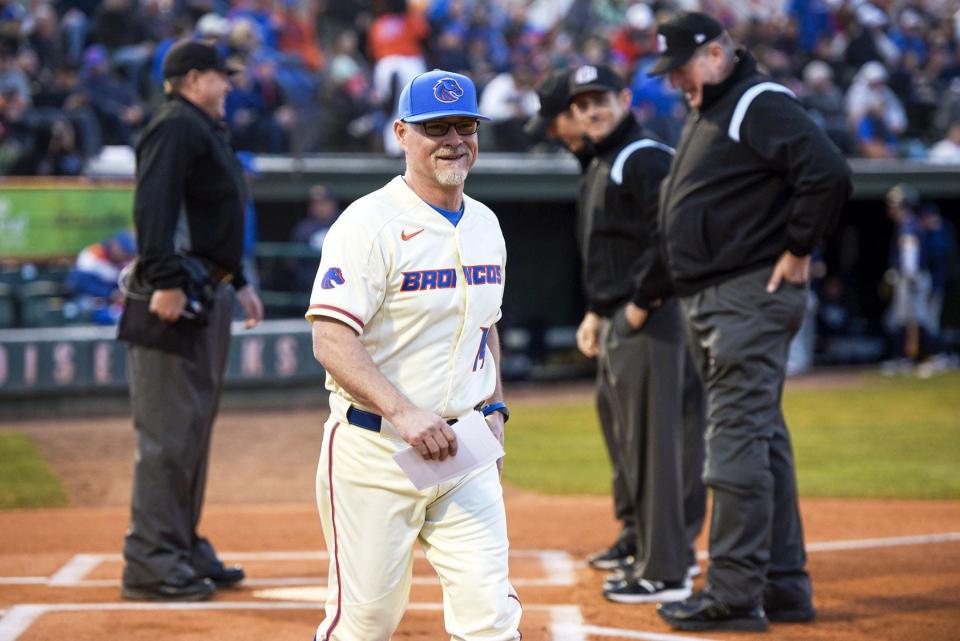
It’s been over a year since Gary Van Tol coached his last baseball game at Boise State. He’d left a 10-year minor league managerial career to restart the program in 2017, making it just 14 games into his debut season before the school cut the program in July.
Three years of his hard work was decimated with one phone call. But Van Tol worried less about the abrupt end and more about what he could do for others impacted by it.
“My players and all those families made the sacrifice and decision to jump on board to start this thing,” Van Tol said. “Those are the people that I went full bore trying to help.”
Within weeks of his program’s elimination, Van Tol helped 20 players secure transfers. Doing so in late summer, at the start of a new academic year, made this feat Herculean. He also had to be meticulous, ensuring no players jumped from one eliminated program to another flirting with the same fate.
“Gary is a great man,” said pitcher Travis Weston, who transferred to California Polytechnic State University. “Obviously, us kids, we’ve never experienced something like that in our lives. He was amazing, especially the way he dealt with this. He made sure everyone was taken care of. He was really thorough throughout it all..”
Five players were initially unable to find a new program, remaining at Boise State. Van Tol continued training them, even after he joined the independent Pioneer League to manage the Boise Hawks in January, keeping his former players prepared for whenever a roster spot opened up.
Van Tol ultimately did find landing spots for all of his players. Though he may never share the dugout with them again, the coach has successfully helped each member of his team find a new one to call their own.
“They had to go through something that nobody wants to go through,” Van Tol said of his former players. “There’s going to be some great things in store for them. I know they’re going to be just fine.”
— Drottar
University of Connecticut men’s swimming
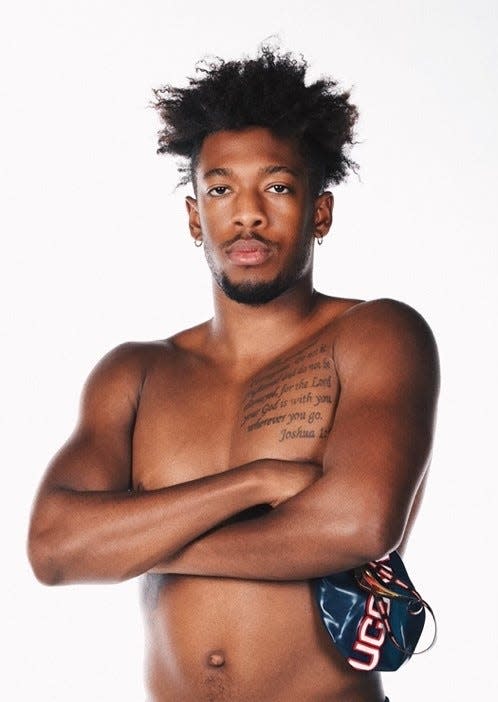
A delayed championship meet with a 12-person team amidst a pandemic was not the way Josh Bryant expected it to end. The Big East Championships, which ended Saturday, marked the conclusion of his swimming career.
Bryant, a junior captain at the University of Connecticut, was hoping to continue his progress toward an Olympic trials cut before the school announced on June 24 that it would eliminate men’s swimming and diving at the conclusion of the 2020-21 season.
This season has been challenging for Bryant, who considered transferring before deciding to stay in Storrs, Connecticut, even if it meant an early retirement and halting his dream of making the Olympic trials.
On the one hand, the smaller team has become very close after an exodus of transfers, and the coaches have been flexible with training.
“We’re not necessarily going to grind these kids like we normally would because for what?” said coach Chris Maiello.
When the team requested additional time in the weight room in place of one of their in-pool practices, Maiello granted the wish.
“If this is going to make you enjoy it, let’s do it,” Maiello told them.
On the other hand, the team’s future has tarnished the swimmers’ final year in the Wolff-Zackin Natatorium. The athletes were originally notified that their team would be eliminated via a five-minute Zoom call with athletic director David Benedict.
“(Josh) chose UConn and then UConn throws him under the bus,” said Bryant’s father, Darren Bryant.
As a non-revenue sport, swimming and diving teams are often top candidates to be gutted in the name of saving money.
“It’s just very clear … that there are about four or five teams on campus that the athletic department cares about, and if you’re not on one of those, you’re kind of just a nuisance (to them),” said William Mudlaff, a senior on the team. “It really feels like other than the fact that we are in the pool swimming, we are already cut.”
Since Bryant always sees the good in things, according to Maiello, it is no surprise that he approached his final days in the pool with optimism, even if it is anything but normal.
“I think this year has almost been one of my favorite years just because of the team bond we have with the guys,” Bryant said.
— Pollard
Furman baseball
A seven-minute video conference in May upended the Drew Holweger’s collegiate baseball career.
“There was just silence,” Holweger said, recalling the moments after Furman University athletic director Jason Donnelly told members of the baseball team that their program would be eliminated. “He was asking if anybody had questions for him. Of course, we had so many questions, but no one could find the words.”
The 2020 season was supposed to be Holweger’s first real opportunity on the mound for the Paladins after three injury-riddled seasons to start his NCAA career. However, the left-handed pitcher transferred to Palm Beach Atlantic University for his senior season after Furman to cut its 124-year-old program effective immediately. He now wonders if a potential pro career has been dashed as well.
“I think I have a shot at getting drafted this summer,” Holweger said. “But it’s been a full two years since I’ve gotten consistent innings because of injuries, and I feel like I’m on the outside looking in when it comes to getting scouted.”
Furman’s university endowment dropped by more than $100 million as a result of a downturn in global markets, according to president Elizabeth Davis in a communication to the campus. Former players pushed back on the notion that eliminating the program would have a significant impact on the university’s financial situation.
“In the couple weeks after hearing the news,” said Bret Huebner, former player and director of baseball operations at Furman, “we were able to disprove every excuse that the administration offered. Within the first month of us getting cut, we were able to raise over $50,000 through GoFundMe and had plans to raise more through alums and other outside donors, but the administration said we would need to raise $250,000 to $300,000 to keep the program going for just one year.”
Holweger has two years of NCAA eligibility left, but he feels this upcoming season could be his last if professional opportunities don’t present themselves. The left-hander thought his passion for baseball would never falter, but the disappointing end to his Furman career left a lasting impression.
“I’m loving my new teammates and coaches at (Palm Beach Atlantic University),” Holweger said. “At the same time, I spent the last few years with one team building a great family culture, and then it was all taken from us so abruptly.”
— Lynn
This article originally appeared on USA TODAY: How NCAA athletes are coping with their collegiate programs being cut

